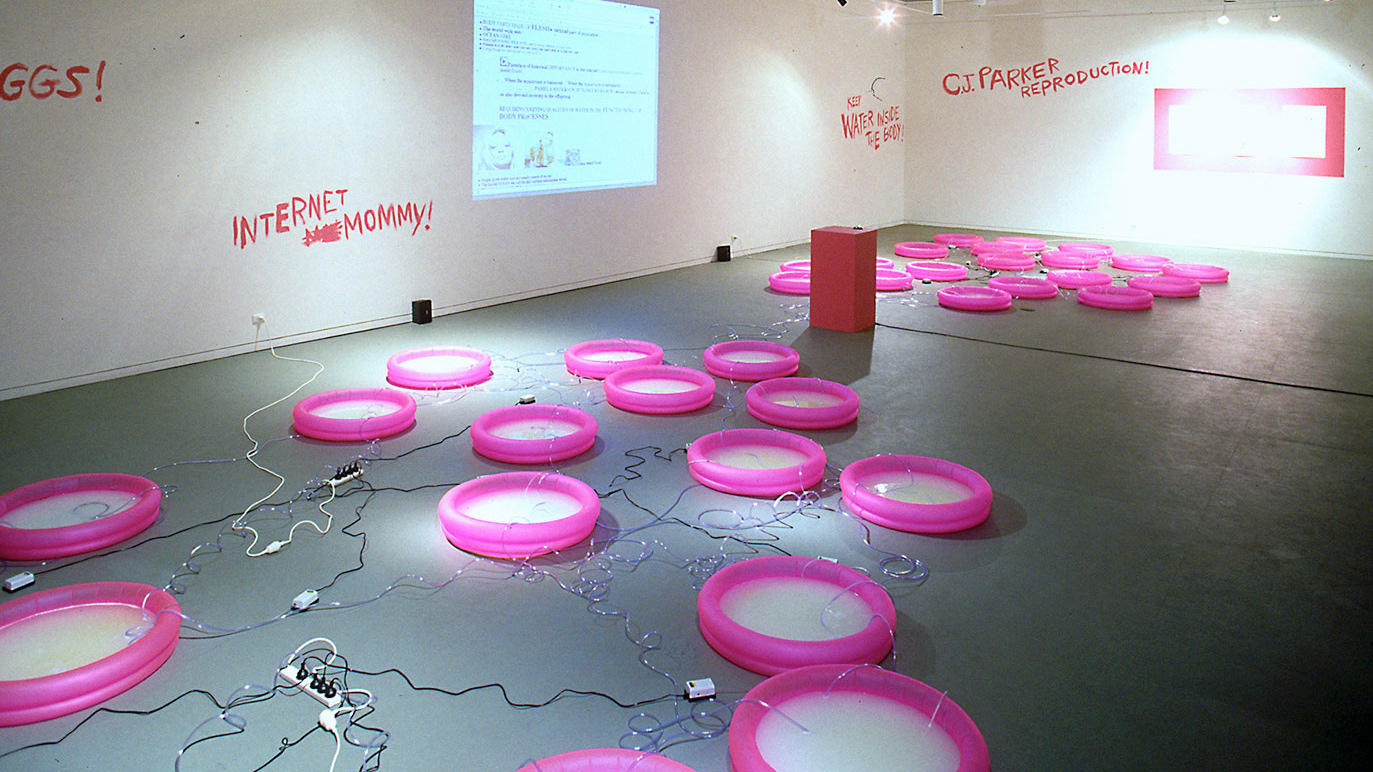A series of cannibalized mechanical devices, components from medical training dummies and electrical motors sit on a large table and are reanimated via simple and crude motors and electronics. This work directly explores the notion of the human face or lack of the face. This project taking its name from Mario Bava’s 1971 horror film seeks to explore the idea of the uncanny and the unsettling feeling of seeing elements of the face cut up, re-combined and reanimated through simple electrical motors.
The removal of the face reveals one is less/more than human, exposed as part mechanical being and part human. In addition this work plays with caricature and notions of robotics and simulation, by presenting extremely crude, grotesque and simple devices that behave in pathetic and horrible ways. The work appears on a worktable, of devices, robots that are half finished, and incomplete, broken and malfunctioning. The work also connects to ideas of genetic engineering, of the breeding and manufacture of new body parts.
The face holds a particular significance, in that the emotional connection one has with someone is via the face, death is registered primarily on the face, the human connection of the face quickly is rendered disturbing once it is broken, distorted, and fragmented. This work also plays on the boundaries between the living and not living, while also offering a rendering of the monstrous, as that which is lacking parts, unformed and unfinished.









